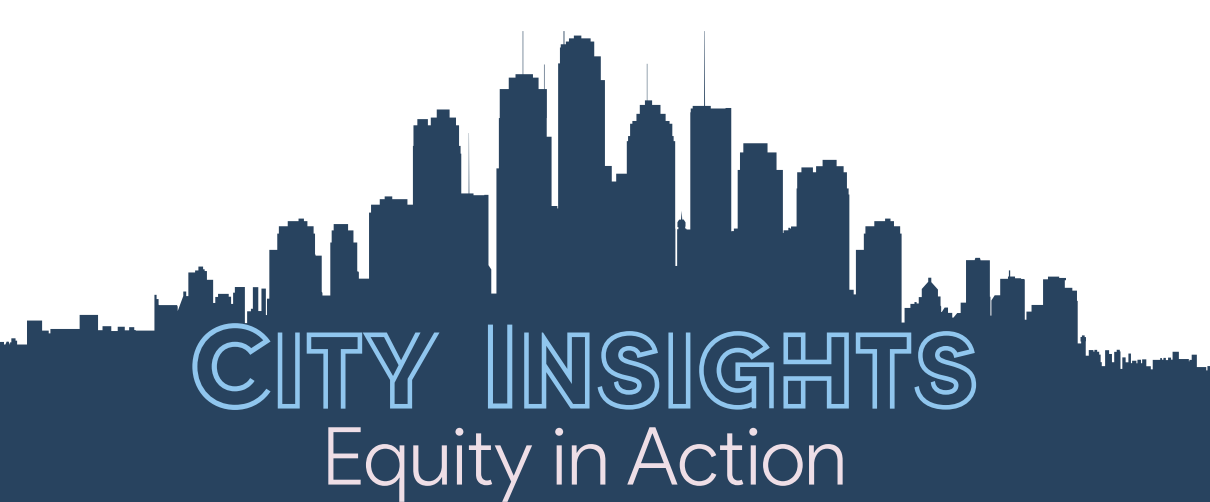What is it?
An introduction to designing for equity for those who are starting the journey of working to ensure systems are more equitable and accessible. Cookie-cutter solutions to complex problems such as inequity do not exist. Because of factors such as culture, history, geography and how some groups experience systemic oppression, what may work in one situation/location may not be the most impactful approach for another. Fortunately, there are a variety of tools and frameworks we can use to design equitable processes and outcomes that consider historicity and the unique needs of individuals and communities. Designing for equity requires us to understand and address the systemic problems that create disparities. We present several approaches to designing for equity in this guide, such as:
- design thinking with an equity lens
- participatory design and research
- strategic foresight
- speculative design
- social innovation design
Also included are critical considerations around technology, asset framing and language.







